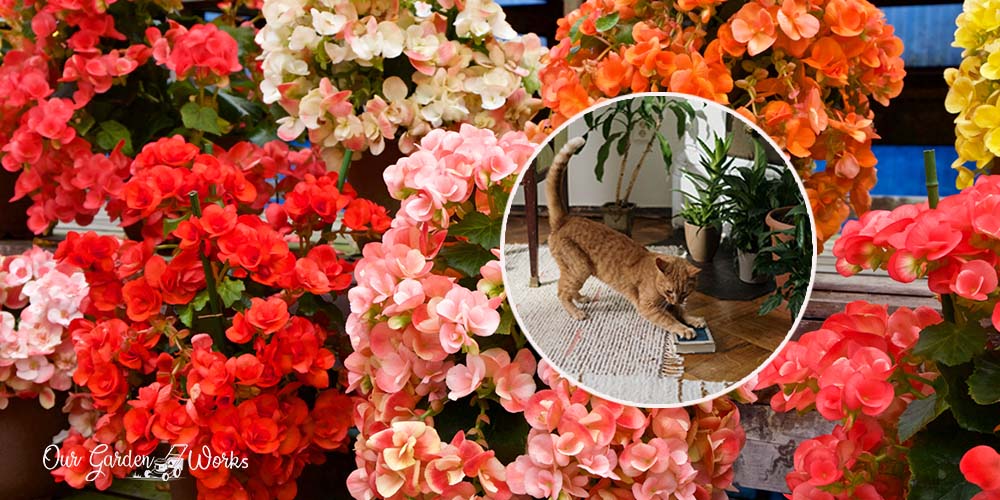Begonias are common houseplants loved by many gardeners for their heart-shaped leaves and bright and beautiful flowers. Due to their versatile growing requirements, many fur parents who plan to have them indoors often ask: are begonias poisonous to cats?
In this post, we will share the toxicity of begonias, their toxic varieties, and how it affects your felines. We will also cite other houseplants that can be a threat to your pet’s life.
Q: Are Begonias Poisonous To Cats?
Most begonias are toxic to cats and dogs when ingested. According to the American Society for the Prevention of Cruelty to Animals (ASPCA), the only non-toxic type of begonia is the watermelon begonia.
Toxic varieties of begonia contain a high volume of Idioblasts, cucurbitacin B, and soluble calcium oxalates.
Soluble calcium oxalates are needle-like calcium salt crystals that can puncture the soft membranes in the mouth, throat, and digestive tract of pets. It can also reach the urinary tract and cause kidney failure and death in animals.
Other symptoms include:
- Excessive salivation.
- Sores in the mouth.
- Swelling of the mouth and tongue.
- Excessive licking.
- Dehydration.
- Difficulty swallowing.
The most poisonous part of toxic begonias that contains a high amount of oxalates is its roots or the tubers underground. Its leaves and flowers also contain calcium oxalates but at a milder volume. Begonia poisoning is mild and can only last for 48 hours.
Severe cases of begonia poisoning often happen when curious cats and dogs ingest the roots or tubers or too many leaves or flowers.
The high amounts of calcium oxalate will be embedded in the tissues of their mouth which will feel like they’ve swallowed broken glass. The cat’s body will try to relieve the pain through salivation and vomiting.
Excessive calcium oxalates in the digestive system of the cat will cause an intense burning sensation.
It can also leak into the bloodstream and travel to the liver and kidneys and damage them. When treated early, cats can recover from severe begonia poisoning within two weeks.
What makes Begonias poisonous and how is it treated?
Most plants have calcium oxalates, even the ones we eat as humans.
However, plants like begonias have a high percentage of calcium oxalates that can travel to body organs and cause inflammation in cats, dogs, and grazing animals.
The digestive tract of animals is not equipped with enough minerals and bacteria to handle the toxin compared to humans.
Our human body can tolerate mild to moderate amounts of calcium oxalates in the foods that we eat (like spinach) because they will bind to minerals during digestion and the gut bacteria will destroy the excess.
What to do when your cat ingests begonia leaves, flowers, or tubers
Though begonias are mildly toxic to pets, they can cause severe discomfort, especially for a few hours.
If your cat started hoarsely meowing, drooling, or lethargic due to begonia poisoning, here are some first aid tips that you can do before rushing them to the vet:
- Rinse the mouth of your cat to remove the remaining plant residue and unload excess calcium oxalates.
- Induce vomiting with the directions from your vet.
- Do not try to force them to drink or eat anything because it can worsen their discomfort and agitation.
When you arrive at the vet, they will conduct blood tests and physical exams. Cats and dogs who are hesitant to drink or eat anything due to irritation in their mouth or throat will be subject to rehydration through IV fluids.
A special diet will also be prescribed to help soothe and treat inflammation in the throat and stomach.
For severe liver and kidney damage, your vet may prescribe more drugs once your cat or dog gets through threats of dehydration.
Toxic begonia varieties to cats
All types of begonia, except watermelon begonia (trailing type), are toxic to cats. These varieties are among the popular houseplants featured in nurseries and gardening communities for their beautiful foliage and blooms.
Check these varieties below so you can recognize them immediately on your next plant shopping:
1. Wax begonias
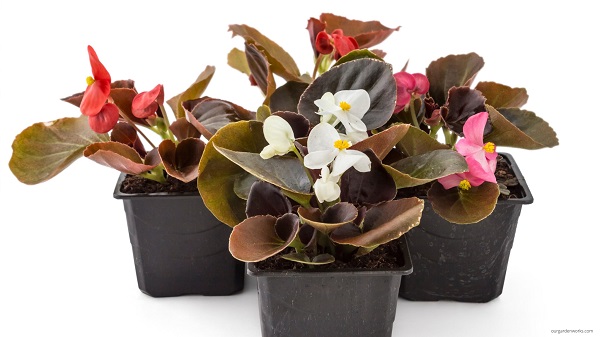
Wax begonias have very distinct red, pink, or white flowers. They have rounded and shiny leaves and succulent stems.
They often grow low in a mounded or compact growing habit. Varieties under this category are rex begonias.
2. Tuberous begonias
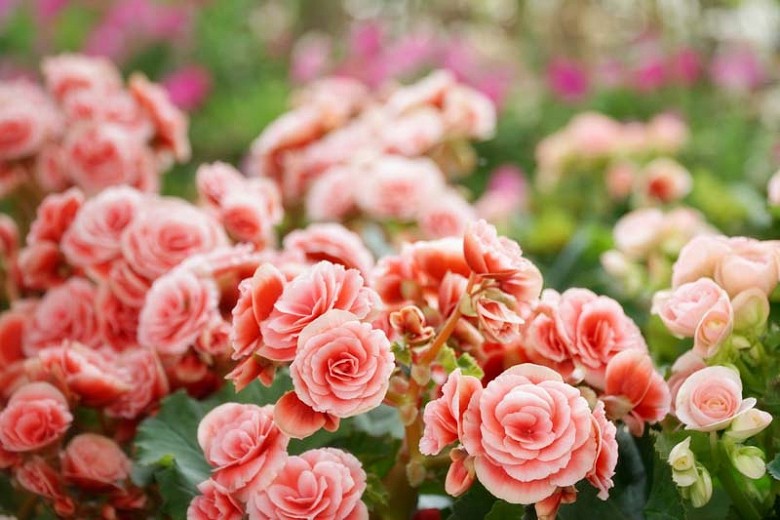
Tuberous begonias have two behaviors; trailing and upright. They have the most beautiful blooms that can either be ruffled, single, or double. Their leaves are green and burgundy.
Its beautiful blooms are very irresistible to gardeners but they are very poisonous to cats and other grazing animals, except for the trailing watermelon begonia.
Other types of tuberous begonias that are toxic to cats are Boliviensis begonias.
3. Angel wing begonias, polka dot begonia, or cane begonias
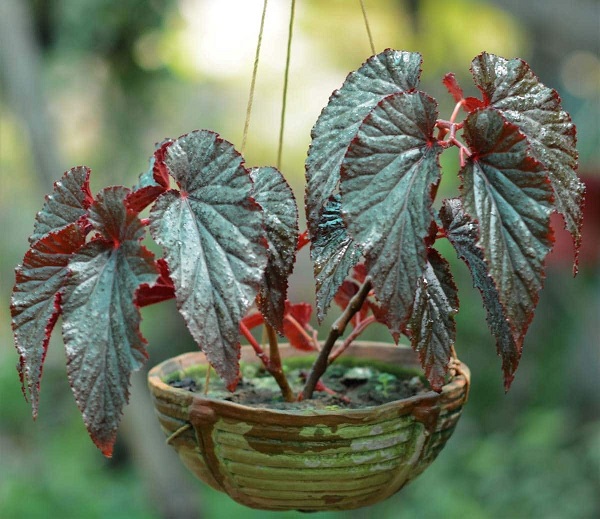
Angel wing begonias have a unique pair of leaves that resembles the long wings of an angel. They have dark green leaves with metallic streaks or specks and white spots that separate them from dragon wing begonias.
4. Other types of begonias
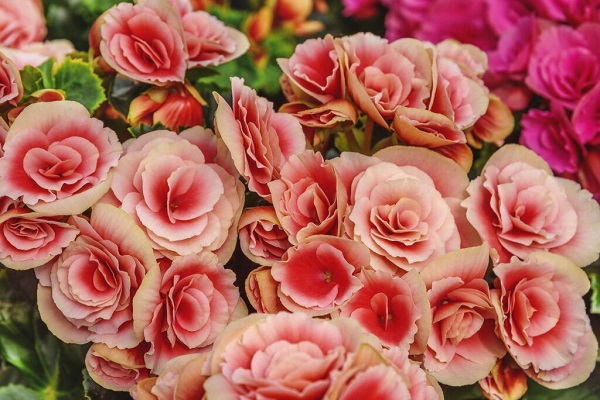
Crossbreeds of waxy and tuberous begonias, like Reiger begonia, are very stunning flowering plants that are very toxic to cats. Reiger begonia is a winter-blooming plant that produces blooms with no scent.
Other poisonous begonias are :
- Begonia Bethlehem star.
- Martin’s mystery begonia.
- Aquamarine begonia.
Other Indoor Plants That Are Poisonous To Cats
Many houseplants also contain toxins like soluble calcium oxalate that are very toxic to cats. These plants have beautiful and unique leaf colors and shapes which can be easily overlooked by green thumb fur parents.
Check some of them below and try to avoid growing them indoors to keep your curious pets safe:
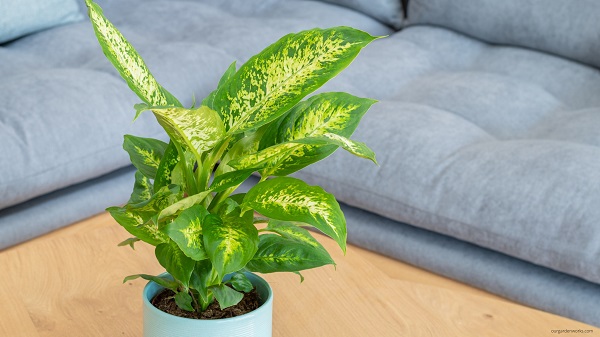
(1) Dumb cane plant: Dieffenbachia or dumb cane plant is highly toxic to both animals and humans due to its high calcium oxalate content. It is named dumb cane because you will be unable to speak due to the intense pain caused by the tiny calcium oxalates puncturing the soft tissues in your mouth and throat.
(2) Peace lilies and other true lilies: Peace lilies are mildly toxic to cats but true lilies like Asiatic lilies are deadly. All the parts of the true lilies, even the water where it’s soaked, can cause kidney failure in cats within three days.
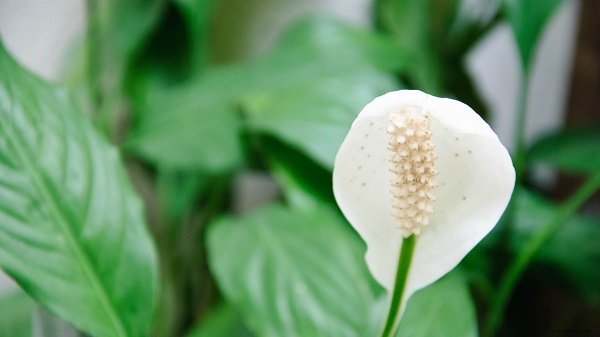
(3) Sago palms: Popular in tropical gardens, the red and delicious-looking seeds of sago palms are also very toxic to both cats and dogs.
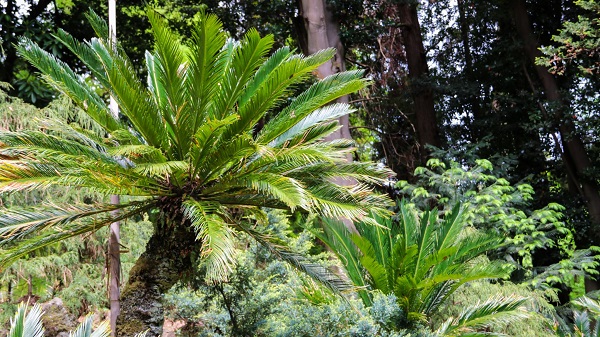
The tree produces tons of these red seeds which can lure any curious pet or kids into eating them. It can cause liver damage, seizures, and lethargy to your pets if ingested.
(4) Azaleas: The brightly colored azalea are moderately toxic to cats. It only takes 0.2% of the azalea content to cause severe illness in cats which includes leg paralysis and weak heart rate. Cats love to nibble them so it’s best to not grow them altogether to avoid any risks.
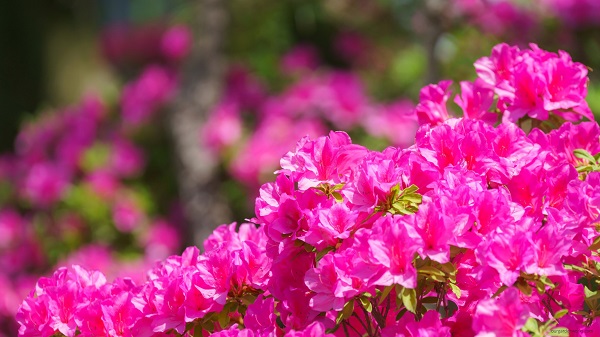
(5) Rhododendrons: Rhododendrons contain grayanotoxins that can cause cardiovascular collapse when ingested by cats. They can cause a list of serious health conditions to pets that can even lead to the death of your dear felines.
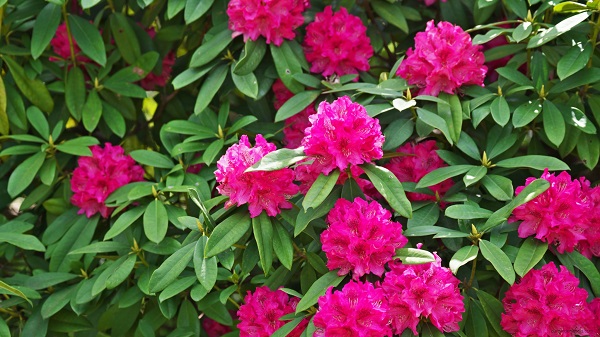
Best Cat-Friendly Indoor Plants
It can be a bummer to not have the beautiful blooms of begonia in your garden.
As a green thumb, beautiful blooms are among nature’s wonders that can uplift anyone’s mood and well-being. Instead of focusing on the things that you can’t have at home, why not focus on the alternative plants that are safe for your pets?
Here are some pet-friendly alternatives:
(1) Spider plant: Spider plants are fast-growers that produce ribbon-like foliage.
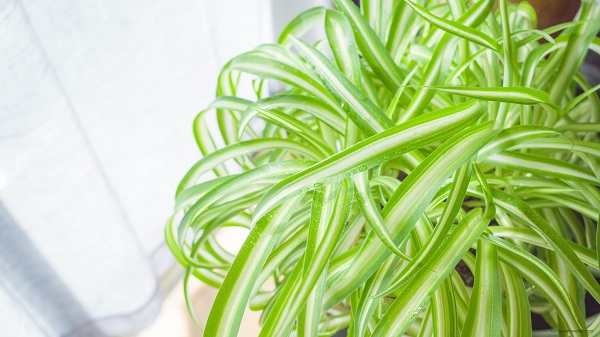
They are easy to grow and help purify the indoor air by getting rid of formaldehyde. They are not toxic to dogs and cats and can help add life to the dull corners of your house.
(2) Daisies: Daisies make the best cat-friendly flowering plants that you can use as an alternative to begonias. They are safe to grow around pets and can thrive in shady indoor environments, especially African daisies.
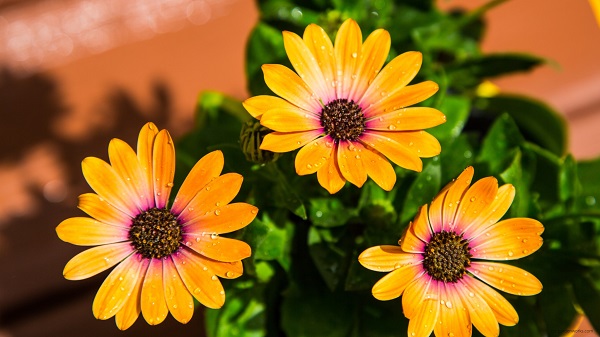
Gerbera daisies, in particular, help improve indoor humidity and help in keeping you safe against colds and flu.
(3) Orchids: All orchids are safe for pets. They are easy to grow and produce long-lasting and beautiful blooms that can capture anyone’s heart. Moth orchids, in particular, are the safest orchid to grow indoors if you have cats or dogs.
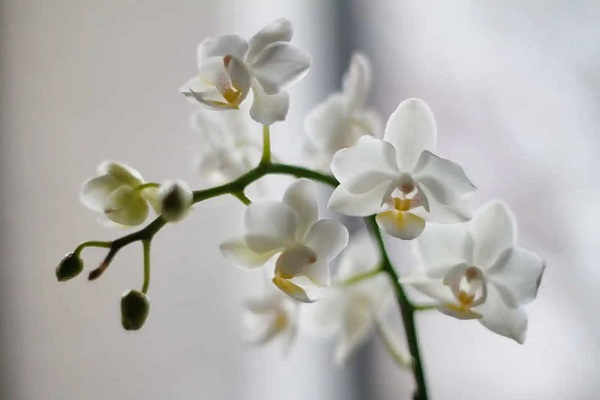
(4) Roses: Nothing beats the classic charm of roses. Aside from daisies, they can help replace begonia blooms in your home without causing harm to your fur babies. The most ideal type of rose that you can easily grow indoors is the miniature rose.
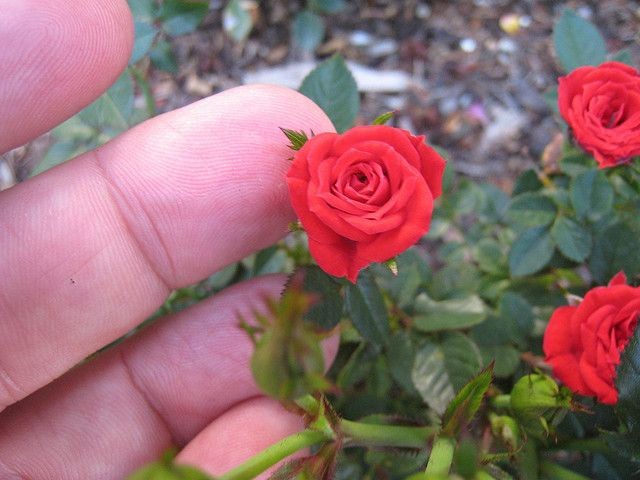
(5) Money tree: Add some greenery and invite prosperity to your home with a braided money tree. It is easy to grow and makes a great specimen plant in your indoor space.
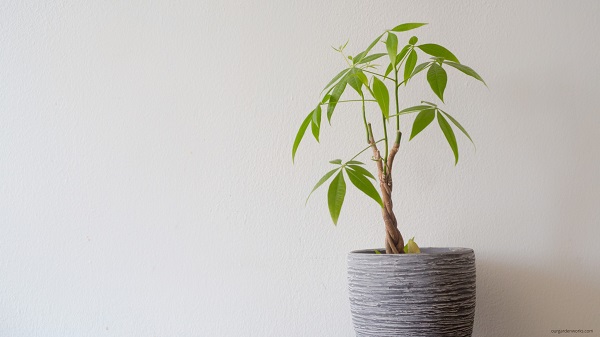
It helps filter the indoor air and get rid of harmful chemicals in the air like formaldehyde, benzene, and carbon monoxide.
Frequently asked questions (FAQs)
What part of begonia is poisonous?
All parts of begonia are poisonous but its roots and tubers are the most poisonous. They contain the most concentration of calcium oxalate which becomes lighter as it reaches the leaves and the flowers.
Do cats like indoor plants?
Cats are very fond of houseplants because they play with the leaves, use them as litter, and even chew on the flowers out of pure curiosity. These are the reasons why it’s best to not grow plants that are toxic to cats because they can’t resist playing with them.
Are there plants that are good for cats?
Catnip or cat thyme are good plants for cats because they can’t get enough of the smell of it. Catnip, in particular, acts like a drug to cats because its smell gives them a euphoric reaction and makes them feel good.
Do plants make cats happy?
Cats love plants the way we humans love them. According to the Los Angeles Times, cats love vibrant flowers, the smell of mint and parsley, and the chlorophyll in oat grass.
However, you must ensure that the plants are low in toxicity and not treated with synthetic pesticides. Otherwise, your feline friends might get sick and even endure serious illnesses.
Final Thoughts
Cats may look sassy but they are as playful as dogs when it comes to plants. They will even try to mangle every leaf which makes it hard to grow plants indoors along with these felines.
We know the irresistible beauty of begonia flowers and leaves and it’s hard to avoid planting them indoors. However, for your feline’s sake, it is a necessary sacrifice.
We hope this post helped you figure out the answer to the frequently asked question: are begonias poisonous to cats?
Let us know in the comments about the plants that poisoned your cat and what you did to save your fur babies. Your experience can be a lifeline to other fur parents who are experiencing the same thing.
Also, we highly suggest that you check the toxicity of plants first before buying them to avoid wasting your money on something you can’t grow as a cat parent.
No matter how much you train cats to not eat a plant, they will always sneak out to understand why it’s prohibited. As the saying goes, curiosity kills the cat.
